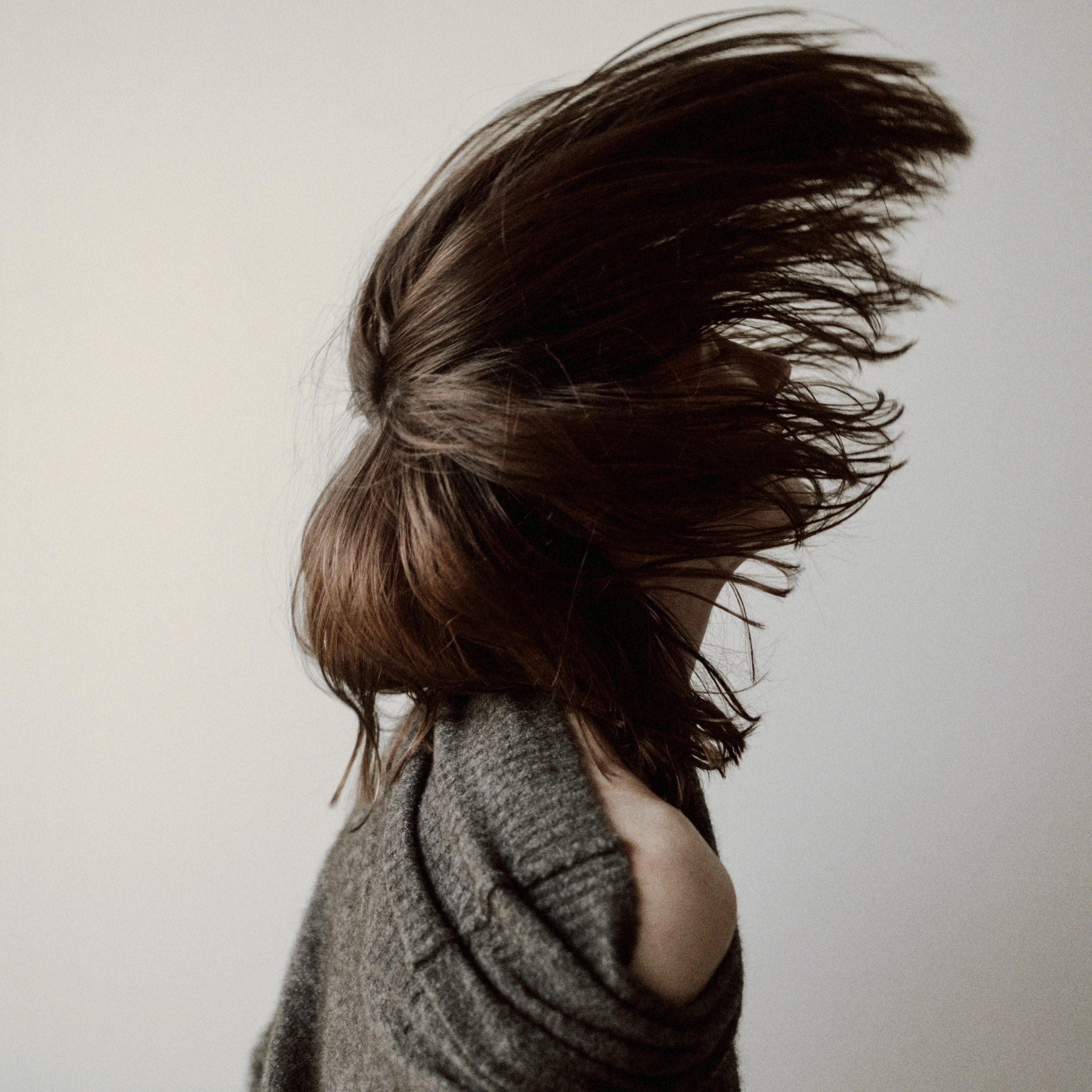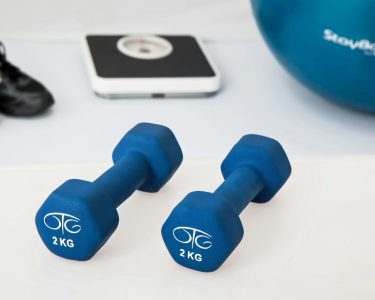Are you one of the millions of women who struggle with hair loss? You’re not alone! Female hair loss is more common than you might think, but unfortunately, there’s still a stigma attached to it. It’s time to break down those barriers and start talking openly about this issue that affects so many women. And luckily, there are solutions available – including Rogaine. In this blog post, we’ll explore what causes female hair loss, how to treat it and how Rogaine can help restore your confidence and give you back your luscious locks. So let’s dive in!
What is female hair loss?
Female hair loss occurs when women experience excessive shedding or thinning of their hair. It is a common condition that affects millions of women worldwide, and it can be caused by various factors.
One of the primary causes of female hair loss is genetics. Women with a family history of baldness are more likely to develop this condition themselves. Hormones also play a role in female hair loss, particularly during menopause when there’s less estrogen production in the body.
Another cause of female hair loss is stress, which can lead to hormonal imbalances and disrupt normal bodily functions. Nutritional deficiencies such as iron deficiency anemia can also cause hair loss.
Female pattern baldness is another form of hair loss that occurs due to age-related changes in hormone levels, resulting in thinning at the crown and temples while preserving frontal scalp density.
Female hair loss can have many different causes depending on individual circumstances, but it’s essential not to feel ashamed or embarrassed about it – because you’re not alone!
Causes of female hair loss
Female hair loss can be caused by a number of factors. One common cause is genetics. If a woman has a family history of female pattern baldness, she may also experience it herself.
Another cause of female hair loss is hormonal changes, such as those that occur during pregnancy or menopause. These changes can affect the growth cycle of hair and result in thinning or shedding.
Medical conditions like thyroid problems, alopecia areata and scalp infections can also lead to female hair loss. Stressful events like emotional trauma, physical illness or surgery can trigger hair loss too.
Certain medications such as chemotherapy drugs or birth control pills may also contribute to hair loss in women. Additionally, over-styling with heat tools and chemicals like straighteners and color treatments can damage the strands leading to breakage and shedding.
It’s important for women experiencing excessive shedding or thinning to consult with their healthcare provider for proper diagnosis before commencing any treatment regime.
Symptoms of female hair loss
Female hair loss can manifest in several ways, and it’s important to recognize the symptoms early on. One of the most common signs is an increase in shedding or thinning of hair. This can happen all over the scalp, but usually starts at the crown or part line.
Some women also experience a widening part that becomes more visible with time. Another symptom of female hair loss is a change in texture, where your strands may become brittle, dry or frizzy.
In some cases, you may notice patches of baldness appearing on your scalp. This type of hair loss is known as alopecia areata and occurs when your immune system attacks healthy follicles.
Other potential symptoms include an itchy or painful scalp, redness or bumps around your hairline and even sudden weight loss without changes to diet or exercise routine.
It’s important to note that not all women who experience these symptoms have female pattern baldness – there could be underlying medical conditions causing them as well. So if you’re experiencing any unusual changes with your locks consult a doctor immediately for diagnosis and treatment options.
How to treat female hair loss
When it comes to treating female hair loss, there are a variety of options available. Firstly, it’s important to identify the underlying cause of the hair loss as this will determine the most effective treatment.
One option is medication such as Minoxidil (Rogaine), which can help stimulate hair growth and prevent further loss. This topical solution is applied directly to the scalp twice daily and has been shown to be effective in many cases.
Another treatment option is low-level laser therapy (LLLT), which involves using a device that emits red light onto the scalp to stimulate hair growth. While more research is needed on its effectiveness, LLLT shows promise for treating female pattern baldness.
For those with hormonal imbalances or thyroid issues contributing to their hair loss, hormone replacement therapy may be recommended by a medical professional.
In some cases, lifestyle changes such as stress reduction techniques and a healthy diet rich in vitamins and minerals can also improve overall hair health.
Finding an effective treatment for female hair loss requires identifying the root cause and consulting with a healthcare professional who can recommend appropriate solutions.
Rogaine for female hair loss
Rogaine, also known as minoxidil, is a popular treatment for hair loss in both men and women. Originally developed to treat high blood pressure, it was later discovered that Rogaine could also stimulate hair growth.
Rogaine comes in two forms: foam or liquid. The foam form is preferred by many women because it doesn’t leave the hair feeling oily or greasy. It’s important to note that while Rogaine can be effective for some women with hair loss, it won’t work for everyone.
The way Rogaine works is by stimulating the hair follicles to grow new hairs and preventing existing hairs from falling out. This process takes time and patience; results may not be seen for up to four months of consistent use.
It’s recommended that Rogaine be applied twice daily directly onto the scalp where there is thinning or balding areas. It should not be used on any other part of the body.
One potential side effect of using Rogaine is an itchy scalp, which can usually be remedied by switching to a lower concentration formula or reducing usage frequency.
If you’re experiencing female hair loss and are considering trying Rogaine as a treatment option, consult with your doctor first and give it time before expecting visible results.
Results of using Rogaine for female hair loss
Rogaine is a popular over-the-counter treatment for female hair loss. It contains minoxidil, which stimulates hair follicles to grow thicker and longer hair strands. The results of using Rogaine can vary from person to person, but many women have reported positive changes in their hair growth after consistent use.
It’s important to note that results may not be immediate, as it takes time for the minoxidil to work its magic on the follicles. Some women may see noticeable improvements within a few months of regular use, while others may take up to a year or more before seeing significant changes.
One thing that sets Rogaine apart from other treatments is its ability to prevent further hair loss in addition to promoting new growth. By applying Rogaine consistently and as directed, you can help maintain your current levels of hair thickness and density while also stimulating regrowth.
Of course, like any treatment option, there are some potential side effects associated with using Rogaine. These can include scalp irritation or dryness, itching or redness at the site of application, and even unwanted facial hair growth in rare cases.
Many women find that the benefits of using Rogaine far outweigh any potential drawbacks. With consistent use over time, this product can help break down stigmas around female hair loss by providing real solutions for those experiencing thinning or balding patterns.
Conclusion
Female hair loss is a common issue that affects many women, and it can be distressing to deal with. However, it’s important to know that there are treatments available to help combat this problem.
One of the most effective solutions for female hair loss is Rogaine. This FDA-approved treatment has been shown to be safe and effective in clinical studies. With regular use, Rogaine can help stimulate hair growth and reduce shedding.
If you’re experiencing female hair loss, don’t suffer in silence. Talk to your doctor about whether Rogaine may be right for you. By taking action early on, you can improve your chances of regaining a full head of healthy hair.
Remember: You deserve to feel confident and beautiful at all times – and with the right tools and support, you can achieve just that!




